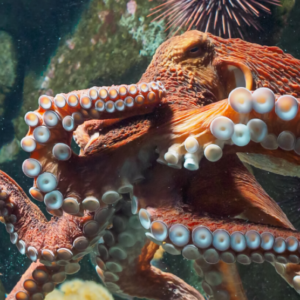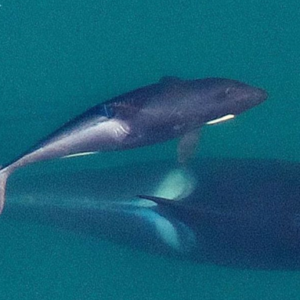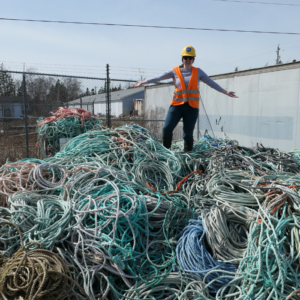What are Marine Protected Areas?
What does the ocean do for us? A better question is, “What does the ocean not do for us?” It supports complex ecosystems, provides food, stores carbon (16 times as much as land) , produces oxygen, powers sustainable tourism, inspires awe… And that’s just the beginning.
But human activity is decimating aquatic species, destroying delicate ecosystems, and threatening our future and way of life. Threats to oceans are diverse and include a changing climate, pollution, commercial fishing, shipping, and oil and gas developments.
Canada has a goal to protect 30 percent of our oceans by 2030 but what does “protection” mean and will we reach the 30×30 target?
What tools exist to protect marine areas?
There are basically four ways to protect ocean and freshwater areas. Each kind of protected area is managed by a different government department.
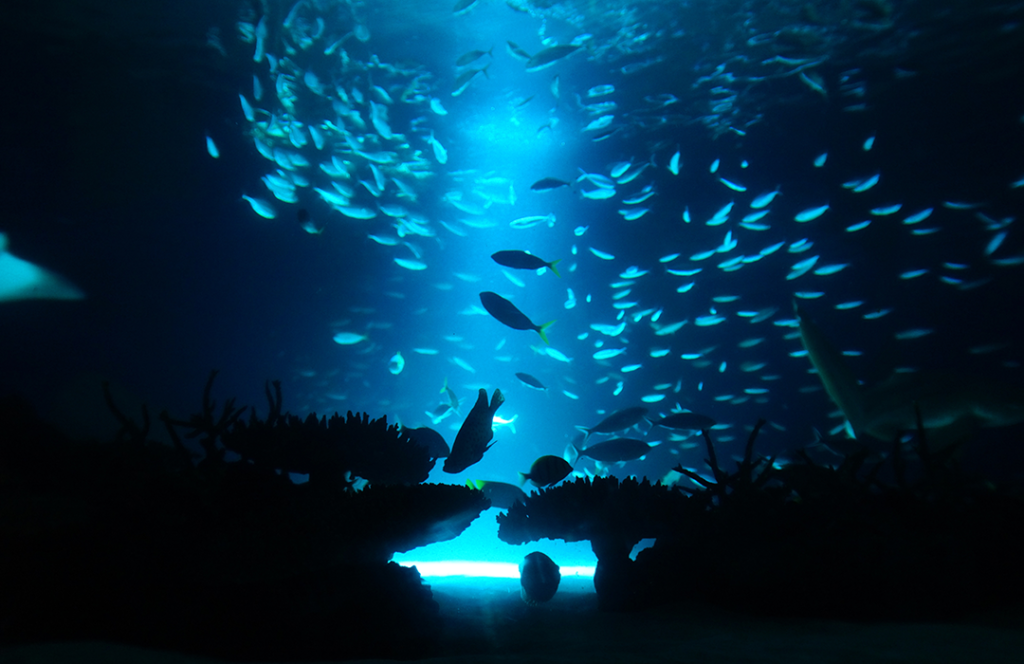
1. Marine Protected Area (MPA)
We use the term “MPA” to talk about marine protected areas in general, but Canada has a specific kind of MPA that falls under the jurisdiction of the federal Oceans Act. These MPAs are managed by the Department of Fisheries and Oceans Canada for long-term sustainability. Within an MPA, certain destructive uses and activities are prohibited, such as mining and oil and gas exploration.
Canada currently has 14 MPAs,which make up approximately 6% of Canada’s marine and coastal areas.
2. National Marine Conservation Areas (NMCAs)
NMCAs fall under the jurisdiction of Parks Canada through the Canada National Marine Conservation Areas Act. NMCAs can also include wetlands, estuaries, islands and other coastal lands. Canada currently has 5 NMCAs.
3. Migratory Bird Sanctuaries (MBS) and marine National Wildlife Areas (NWAs) and
MBS and NWAs are under the jurisdiction of the Canadian Wildlife Service for wildlife conservation, research, and interpretation through the Canada Wildlife Act. They can be established on land and in marine ecosystems and are often managed collaboratively. Canada currently has 57 NWAs and 92 MBS.
4. Other effective area-based conservation measures (OECMs) and marine refuges
This refers to any other protected area that contributes to marine conservation. Currently, this mostly covers areas that have had fisheries closures and that can be managed by provinces or the federal government.
The role of Indigenous-led conservation
Conservation is about protecting ecosystems and wildlife, but it’s also about maintaining cultural connections and providing educational opportunities. Indigenous-led conservation provides an important opportunity to do that and also engage in reconciliation. It recognizes the inherent rights of Indigenous people to the land and acknowledges their leadership in protecting and restoring nature. All of the protected areas listed above involve Indigenous peoples and may even be led by Indigenous groups themselves; these include Indigenous Protected and Conserved Areas (IPCAs). There are also protected areas that are established under Indigenous law.
Why are Marine Protected Areas important?
MPAs have countless benefits both for the environment and people. They protect genetic diversity, habitats, food webs, ecological processes, and species at risk of extinction—like the southern resident orca on Canada’s west coast and the North Atlantic right whale on the east coast.
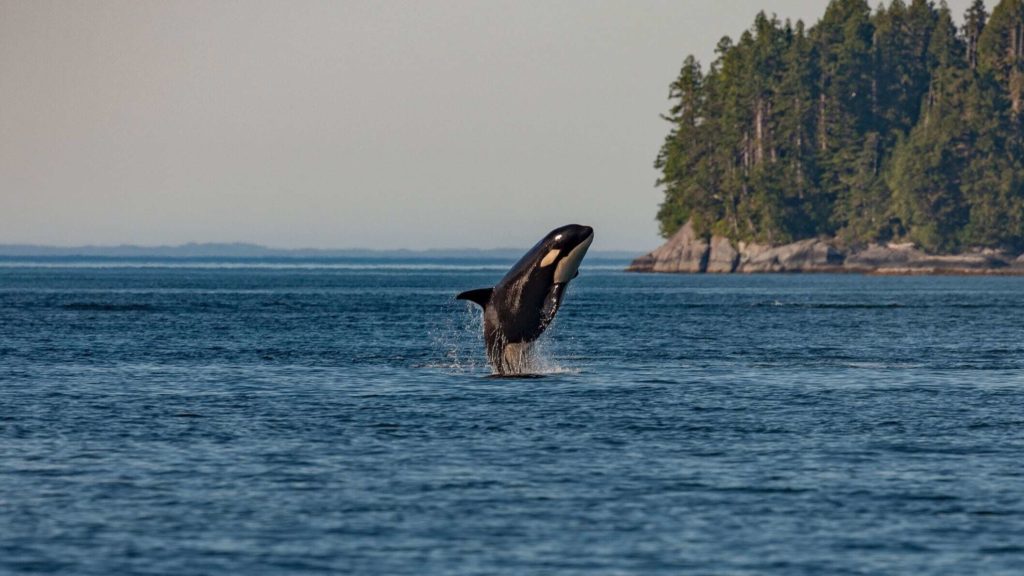
MPAs improve and protect the health of marine environments, but they also support coastal communities, sustainable marine industries, and local economies. For First Nations communities, MPAs can safeguard cultural features and traditional food sources, provide economic benefits, and support research, education, and tourism.
Above all, every new MPA is another step towards achieving the federal government’s goal of protecting 30 percent of our lands and waters by 2030.
Looking back—and forward—at Marine Protected Areas
The Laurentian Channel Victory (2019)
In late 2019, Canada’s federal government announced MPA status for the Laurentian Channel, a deep ocean valley that acts as an expressway for wildlife off the coast of Nova Scotia and Newfoundland. This designation was made possible in part by Nature Canada supporters who signed letters and petitions in support of the campaign to protect the area’s whale population and other threatened wildlife.
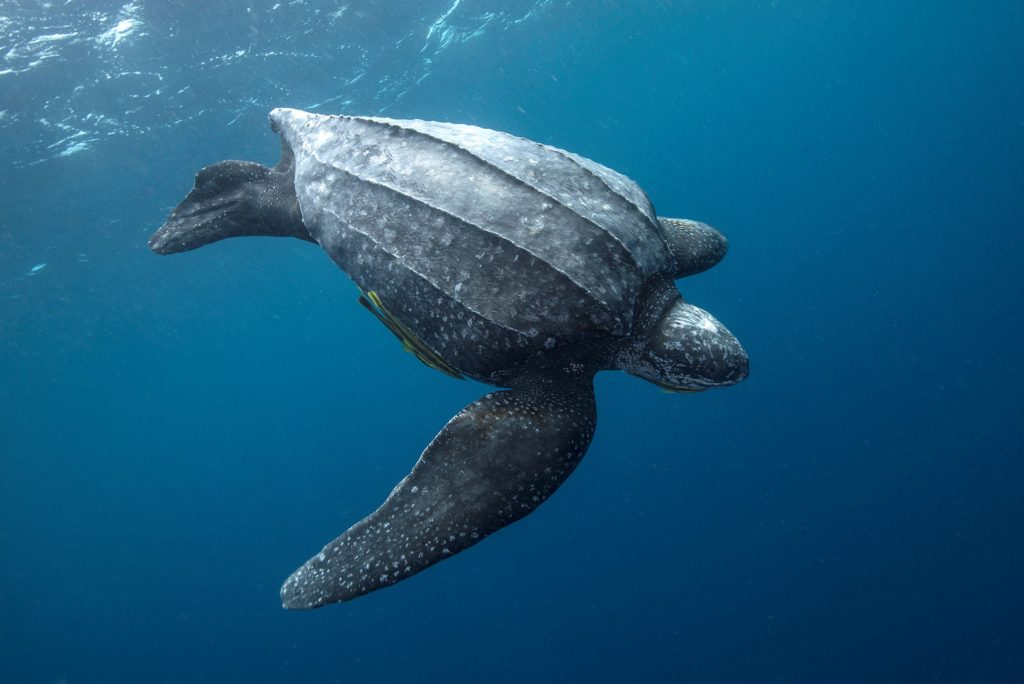
“NatureCOP” (2022)
At the U.N. Biodiversity Conference (“NatureCOP”) held in Montreal from Dec. 7 to 19th, 2022, delegates signed the Global Biodiversity Framework, which commits signatory countries to protecting 30 percent of lands and waters by 2030 (“30×30”). Nature Canada joined with other Canadian nature organizations in the SeaBlue coalition in calling for oceans to be central to the agreement. At the end of the conference, Canada committed to delivering a National Biodiversity Strategy and Action Plan (NBSAP) to meet the goals of the Global Biodiversity Framework. Nature Canada is working with its partners to ensure a strong NBSAP (including robust provisions for ocean protection) that will halt and reverse nature loss by 2030.
IMPAC5 (2023)
In February 2023, the Fifth International Marine Protected Areas Congress (IMPAC5) took place in Vancouver. This global forum, which supports international efforts to establish MPAs, saw a number of important announcements:
- Tang.ɢwan – ḥačxwiqak – Tsig̱is proposed Indigenous MPA. An (MOU) agreement was signed between Canada and the Nuu-chah-nulth Tribal Council, the Council of the Haida Nation, Pacheedaht First Nation and Quatsino First Nation to cooperatively manage the Tang.ɢwan — ḥačxwiqak — Tsig̱is. (pronounced Tung – Gwun, huch/khwi/kuk, tsee-geese) marine protected area. Through their leadership and dedication, these Nations are defining the future of marine conservation efforts in Canada.
- 25×25 and 30×30. The federal government stated that it is on track to meet its 25×25 and 30×30 commitments with the adoption of the 2023 Marine Protected Area (MPA) Protection Standard. It also provided an overview of progress giving specifics on sites.
- Northern Shelf Bioregion (NSB). Fifteen First Nations, along with the Government of Canada and the Government of British Columbia, announced the endorsement of the Marine Protected Area Network Action Plan for this area of British Columbia.
Future Protected Areas
Environmental groups, including Nature Canada, have identified four priority marine areas needing protection as part of the pathway to achieving 30×30.
Witless Bay, NL
Witless Bay lies off the east coast of Newfoundland and is home to seabird colonies as well as to the Humpback Whale, one of the longest-migrating animals in the world.
Inner Bay of Fundy, New Brunswick/Nova Scotia
The unique ecology that characterizes the Bay of Fundy—including mudflats, tidal marshes, and the famous tidal basin—provide a haven for at-risk species such as the American Eel and Atlantic Salmon. The Inner Bay of Fundy is also home to the critically endangered North Atlantic Right Whale
Eeyou Istchee, eastern half of James Bay
Eeyou Istchee is a key breeding area for many migrating shorebirds like the Red Knot. Indigenous partners around James Bay, such as the Cree Nation Government and the Moose Cree, are taking a leadership role in protecting this area.
The Southern Strait of Georgia, BC
An island-dotted area in one of Canada’s most populated and heavily visited regions, the Southern Strait of Georgia is home to more than 3,000 species, including Bald Eagle, Chinook Salmon, the Pacific Loon and the endangered Southern Resident Killer Whale.
30×30 is within reach – Protect Marine Areas Today
Canada’s goal to protect 30 percent of our oceans by 2030 won’t happen unless nature-lovers across the country demand it. Without legal protections, marine species and their habitats are vulnerable to human activity. This doesn’t have to be the case. Together, we can advocate for these essential areas that provide us with so much.
Do even more to protect marine areas by becoming an Ocean Defender today!

